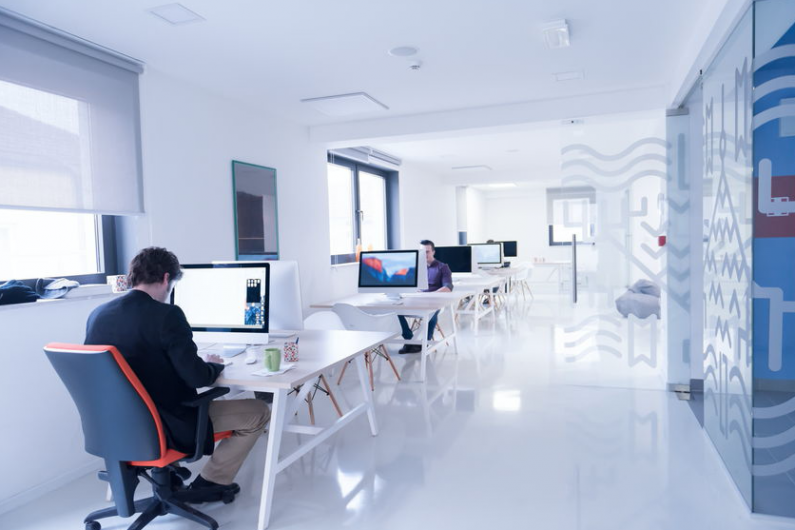
We read a really interesting article in the guardian that made us really sit up and think. It was describing how the design of our cities and buildings have been shaped by disease. It outlined how we have different building foundations, vertical drainpipes and higher door thresholds to combat the spread of the bubonic plague and prevent rats. Plastered walls act as a seal against external germs and bacteria - these are also a by-product of fear. Our obsession with everything being clean and shiny followed the outbreak of tuberculosis with "white-painted rooms, hygienic tiled bathrooms. Form has always followed fear of infection, just as much as function" (Oliver Wainwright, The Guardian).
Maybe the legacy of the Covid-19 pandemic will have an effect long into the future. And if design and form are strongly influenced by function, fear and practicalities it is possible that people will be come more cautious of any space that is deemed to be too close to other people. This has a knock on effect on the size of our desks at work, the width of the pavements, the daily commute (might more people work from home?) and how many people you can comfortably sit in a restaurant. This in turn flows into design and form. How will our future be shaped by these changes?
Our business is lighting of course and we expect that lighting needs will change in line with any wholesale shift in our lifestyle after the pandemic has quietened down. The Design Research Unit questioned the wisdom of shared offices and putting your company's entire team in a cohabited space with other businesses. Hot desking - where we share a desk, landline and facilities with many people - might not seem so appealing in the future. Even the simple layout of an open plan office might become less fashionable. Creating individual work areas will need a new approach to lighting and ventilation. Natural lighting, good ventilation and plenty of space will be highly desirable, if not prohibitively expensive in some parts of the country.
The cost of creating the offices we want might lead more organisations to opt out of the premium priced city dwellings and towards a more affordable solution. The office of the future is likely to mirror some of the social distancing guidelines we have been following - more online meetings, flexible working where home offices are well equipped and a good alternative to busy office days, wider desks and individual workspaces. The fluidity and creative spaces of many organisations might be compromised as we reconsider how we do things with our health as the driving motivator.
"After being cooped up indoors for months, might we all take a renewed interest in the value of parks and urban green space, as well as the public infrastructure of toilets, drinking fountains and, crucially, hand-washing facilities?" (Oliver Wainwright, The Guardian).
It's interesting to think that lifestyle and attitude to health and well-being can evolve out of our experiences. We work hard to make sure our commercial lighting design leads the way in terms of demand - and that includes the anticipation of change, through necessity, preference and the times we are living through. Who knows, we might end up working in a well-lit, sanitorium-like, highly spacious, white, wipe clean office with absolutely no rats anywhere!
Reference and credit to: https://www.theguardian.com
